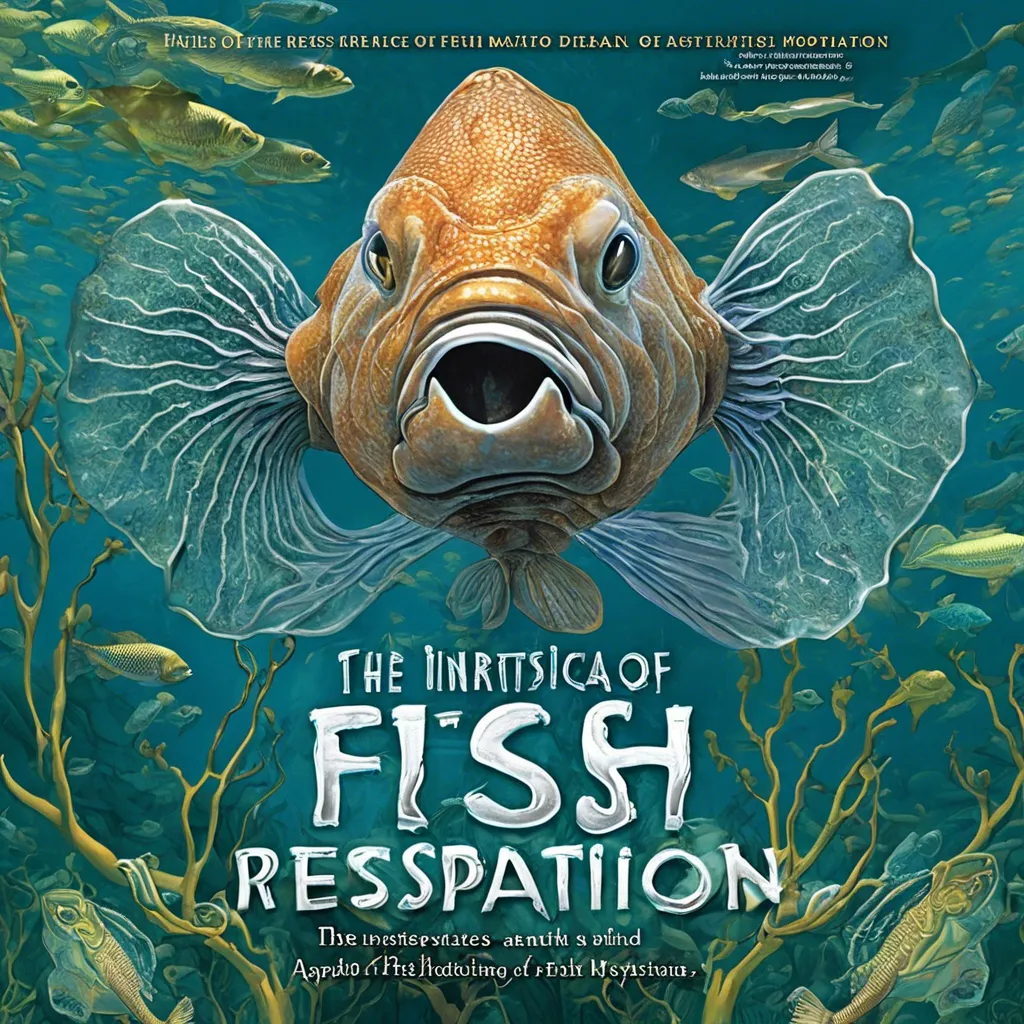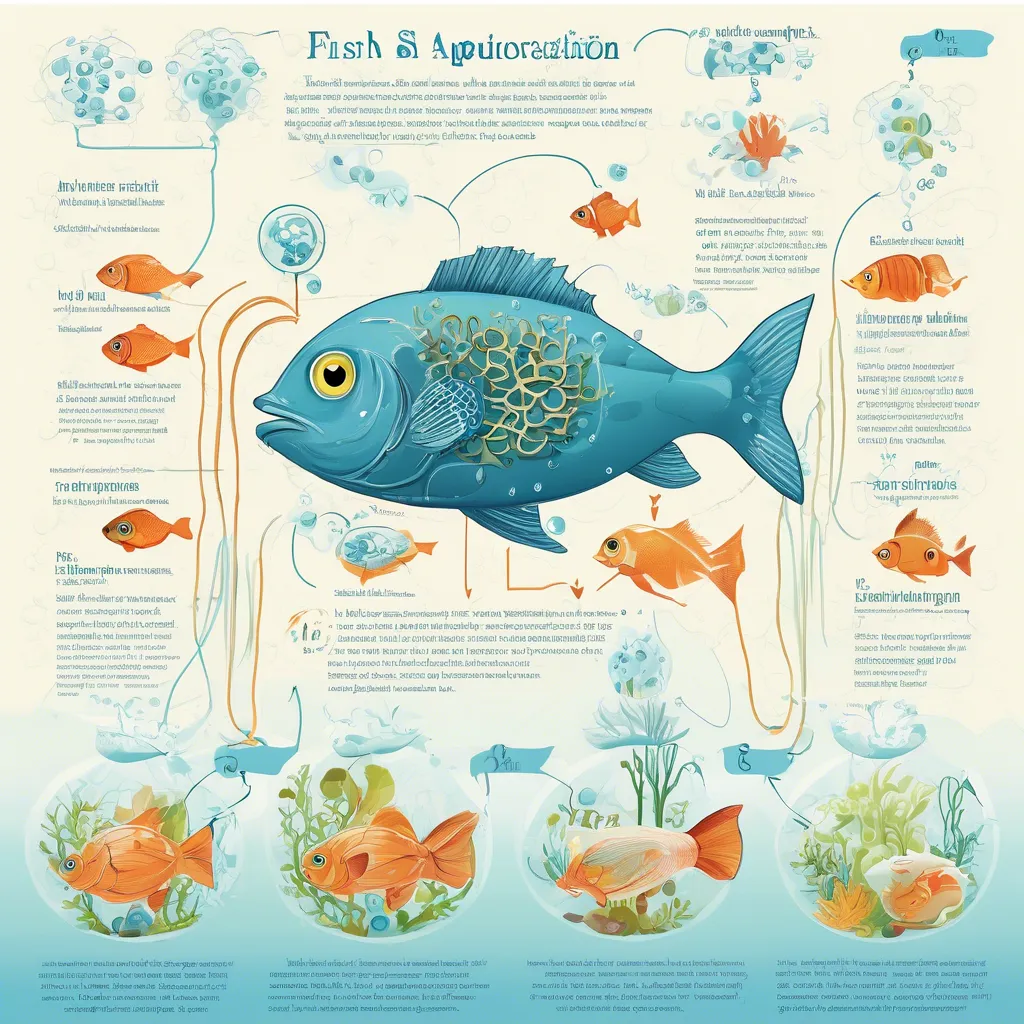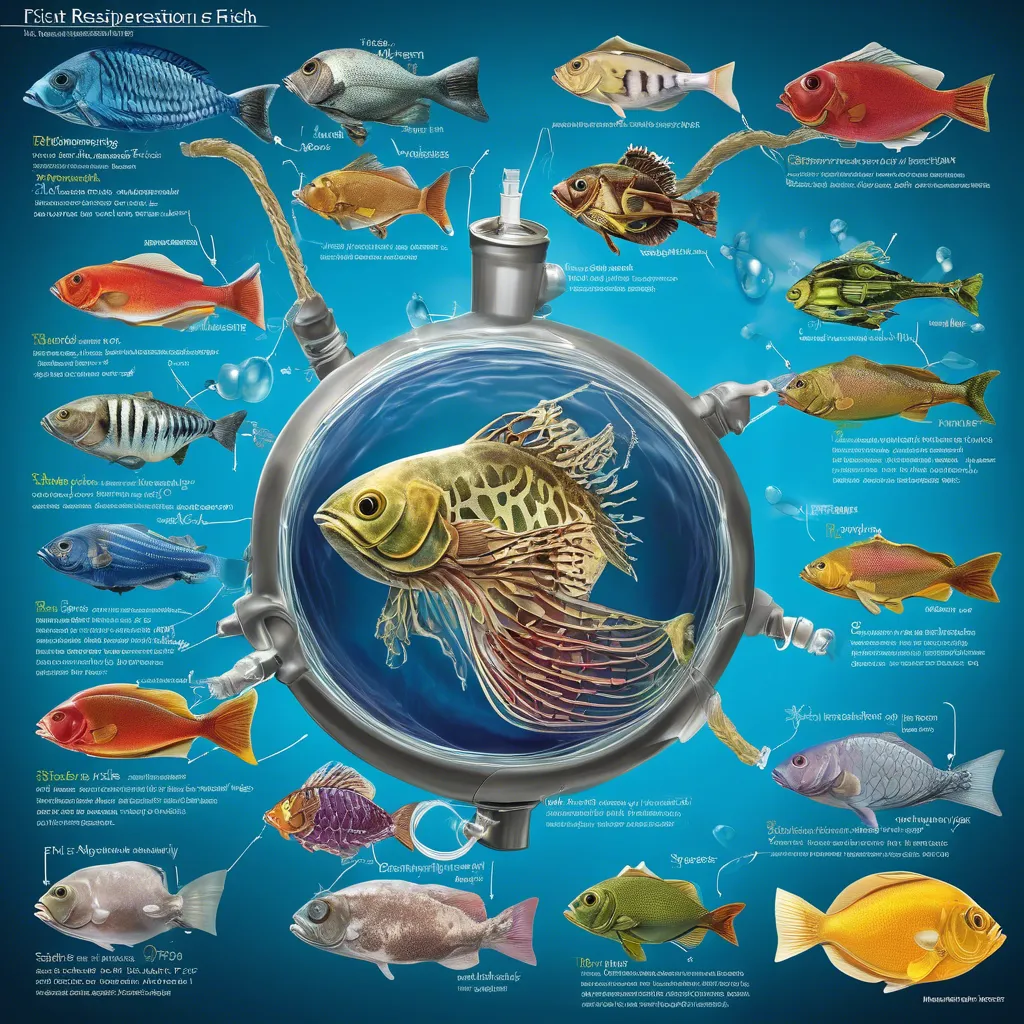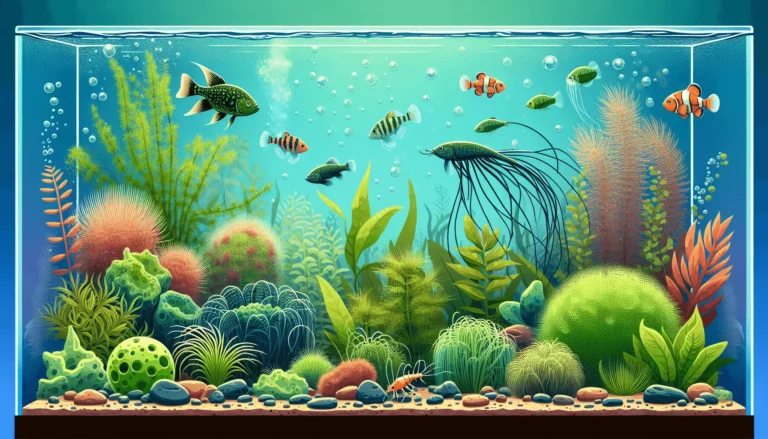Have you ever wondered if fish can drown? It’s a question that often pops up when we think about these aquatic creatures. As someone who’s always been fascinated by marine life, I’ve delved into this intriguing topic to uncover the truth. Fish breathing and their relationship with water is more complex than it might seem at first glance.
In this article, we’ll explore the basics of how fish breathe and whether they can actually drown. We’ll also look at some unique fish species with special breathing adaptations. By the end, you’ll have a clear understanding of fish respiration and the conditions that can lead to fish suffocating in water. So let’s dive in and unravel the mystery of whether fish can drown and how it might happen.
The Basics of Fish Respiration

How fish breathe
As someone who’s always been fascinated by marine life, I’ve learned that fish breathing is quite different from how we breathe. While we need air to survive, fish have adapted to extract oxygen from water. They do this through a process that requires large volumes of water to pass over their gills .
Fish use their mouths and gills like a pump to keep water moving over the gas absorption surfaces . This continuous flow of water is crucial for their survival. Interestingly, some fish species, like sharks, use a method called ram ventilation. This means they need to keep moving forward to force water over their gills, or they risk drowning .
The role of gills in oxygen absorption
Gills are the key to fish respiration. These branching organs are located on the side of fish heads and are packed with tiny blood vessels called capillaries . As water flows over the gills, oxygen dissolved in the water diffuses into the blood in these capillaries .
The efficiency of gills is remarkable. Around 75% of oxygen that passes through a fish’s gills is extracted . This high efficiency is necessary because water has a much lower oxygen concentration than air. While air has an oxygen concentration of 200,000 parts per million, water only has 4 to 8 parts per million .
Read Also: How to Choose the Best Sputnik Fishing Weight for Surf Fishing
Differences between fish and mammal respiration
The main difference between fish and mammal respiration lies in the organs used. While we have lungs, fish have gills. Gills are much better at pulling oxygen from water than lungs . This adaptation allows fish to thrive in aquatic environments.
Another key difference is the direction of blood flow. In fish gills, blood flows in the opposite direction of the water. This allows the blood oxygen level to be less than the oxygen level in the water, facilitating efficient oxygen absorption .
Fish also have some unique anatomical features that aid in respiration. Bony fish have a structure called an operculum, which is a bony plate that covers and protects their gills . In contrast, cartilaginous fish like sharks have their gills located near 5 to 7 gill slits .
Despite these differences, the basic principle of gas exchange remains the same. Just like how we breathe out carbon dioxide, fish expel this waste gas through their gills . It’s fascinating to see how nature has adapted different solutions for the same fundamental need across various species.
Fly Fishing with a Spinning Reel: Pro Tips for Anglers
Can You Fly Fish in the Rain? Essential Tips and Tricks
Can Fish Actually Drown?

Definition of drowning
As someone who’s always been fascinated by marine life, I’ve often wondered if fish can drown. To answer this question, we need to understand what drowning really means. Drowning is defined as dying from lack of oxygen due to being submerged in a liquid, typically water. However, this definition doesn’t quite apply to fish in the same way it does to humans and other land animals.
Suffocation vs. drowning in fish
When it comes to fish, it’s more accurate to talk about suffocation rather than drowning. Fish, like us, need oxygen to survive. The key difference is that they extract oxygen from water using their gills, while we breathe air through our lungs. If a fish is deprived of oxygen, it suffocates rather than drowns in the traditional sense.
Interestingly, fish can suffocate both in and out of water. When a fish is out of water, its gills can’t function properly to extract oxygen from the air, leading to suffocation. This is why we see fish gasping when they’re on land – they’re struggling to breathe. On the other hand, fish can also suffocate in water if there’s not enough dissolved oxygen available.
Conditions that can lead to fish ‘drowning’
Several conditions can lead to fish suffocating in water:
- Damaged gills: If a fish’s gills are damaged, perhaps by fishing equipment or disease, they may not be able to extract oxygen efficiently from the water .
- Low oxygen levels: Areas of the ocean with insufficient dissolved oxygen can cause fish to suffocate. This can happen due to algal blooms that rapidly deplete oxygen in the water .
- Inability to move: Some fish species, like many sharks, need to keep swimming to force water over their gills. If they get trapped or can’t swim, they may suffocate .
- Water pollution: Pollutants can reduce the amount of oxygen available in the water, making it difficult for fish to breathe .
- High temperatures: Warmer water holds less dissolved oxygen, which can lead to fish suffocation in extreme cases .
It’s important to note that while these conditions can cause fish to die from lack of oxygen, it’s not technically drowning in the way we understand it for land animals. Fish don’t inhale water into their lungs; rather, they suffer from a lack of oxygen extraction through their gills.
Read Also: Braided Line vs Mono: Pros, Cons, and When to Use Each
Fish Species with Unique Breathing Adaptations

Lungfish and their air-breathing abilities
As I’ve delved deeper into the world of fish respiration, I’ve discovered some fascinating adaptations. Lungfish, for instance, have developed a remarkable ability to breathe air. These ancient fish possess primitive lungs that function similarly to those of amphibians . Their lungs are connected to their swim bladder and are lined with numerous honeycomb-like cavities rich in blood vessels .
When a lungfish needs to breathe air, it swims to the surface and positions its snout just above the water. It then opens its mouth wide and sucks in air, often making a distinctive sound . Interestingly, the Australian lungfish can even breathe through its nasal openings .
Lungfish can survive in oxygen-poor environments by switching to air breathing. The Australian lungfish, for example, surfaces for air about every 40 to 50 minutes during dry periods when water levels are low .
Labyrinth fish and their specialized organs
Another group of fish with unique breathing adaptations are the labyrinth fish. These fish have a special organ called the labyrinth, located above their gills . This organ is well-supplied with blood vessels and allows the fish to use oxygen from gulped air, enabling them to survive in oxygen-poor water or even out of water for short periods .
Betta fish, a popular aquarium species, are a prime example of labyrinth fish. They have a gradually developing labyrinth organ that becomes essential for their survival as they grow into adults . In fact, adult bettas need to use both their gills and their labyrinth organ to get enough oxygen .
Amphibious fish species
Some fish species have taken air-breathing adaptations even further, becoming amphibious. About 11 distantly related genera of fish are considered amphibious, suggesting that this trait evolved independently multiple times .
Mudskippers, a subfamily of gobies, are perhaps the most land-adapted fish. They can survive in air for up to 3.5 days, breathing through their skin and the lining of their mouth and throat . They use their sturdy fins to propel themselves on land and can even climb trees .
Another remarkable example is the mangrove killifish, which can survive for about two months on land, breathing through its skin . Some eel species and the northern snakehead can also move on land, using their fins and body movements to “walk” between bodies of water .
These unique adaptations showcase the incredible diversity and resilience of fish species, allowing them to thrive in a wide range of environments, from oxygen-poor waters to temporary land excursions.
Conclusion
The world of fish respiration is truly fascinating, showcasing nature’s incredible adaptability. From the efficient gills of most fish to the unique air-breathing abilities of lungfish and labyrinth fish, these creatures have evolved remarkable ways to thrive in diverse aquatic environments. Their adaptations have a profound influence on their survival in various conditions, including low-oxygen waters and even brief land excursions.
While fish can’t drown in the traditional sense, they can indeed suffocate under certain circumstances. This knowledge underscores the importance of maintaining healthy aquatic ecosystems and being mindful of human activities that might affect water quality or fish habitats. By understanding how fish breathe and the challenges they face, we can better appreciate these amazing creatures and work to protect their underwater world.
Which is Better? British vs American Fly Fishing
FAQs for Can a Fish Drown?
Is it possible for fish to drown?
While fish do not drown in the traditional sense of inhaling water, they can suffocate if water does not properly flow across their gills. This could be due to damage to the gills from fishing equipment or other causes, preventing the necessary oxygen absorption.
How long are fish able to remain submerged underwater?
Fish are naturally adapted to live their entire lives underwater. They breathe by drawing in water, extracting the oxygen through their gills, and then releasing the water back out. They do not need to surface for air.
Can fish be harmed by sink or tap water?
Yes, tap water contains chlorine or chloramine, which are used to disinfect the water but are harmful to fish. These substances must be completely removed from the water before it is safe for fish exposure, as they can be lethal.
Do all fish need to keep swimming to stay alive?
No, not all fish need to keep swimming to breathe or survive. While some shark species must swim continuously to ensure water flows over their gills, many non-shark fish species can remain stationary. Some fish even rest on the ocean floor, similar to how some sharks do.




